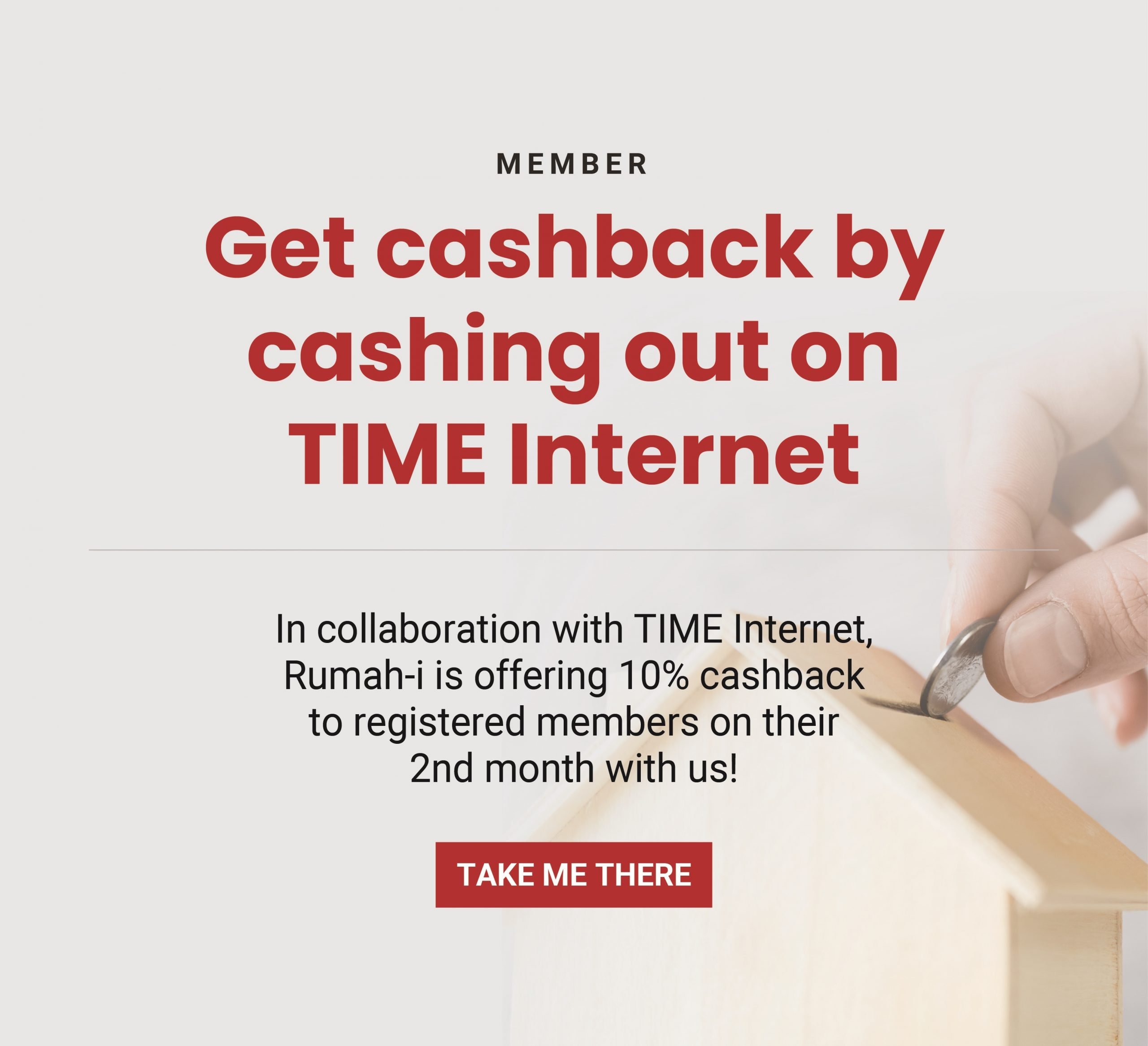GRR properties might sound appealing and its agreement simple but dealing with GRR properties is more complicated than let on.
Firstly, let’s understand what GRR properties are.
What are GRR properties?
GRR properties are yet-to-built properties you buy from a developer, agreeing that they will rent it out for you and deliver you the income. Developers usually pay buyers rentals from 8% to 12% of the purchase price annually.
This agreement is particularly attractive to investors who don’t want to handle the troubles of managing property investments. However, the promise of this simple process isn’t worth the risks entailed.
What are the risks of purchasing a GRR property?

1. Lack of Legal Protection
The Housing Development Act covers standard property transactions per the Sale and Purchase Agreement. However, GRR properties are not.
It is third-party marketing or subsidiary companies that operate GRR properties. Hence, their terms and conditions are not regulated by any housing laws.
The Housing Development (Control & Licensing) Act that does not cover GRR properties is the legislation that supervises the control and licensing of housing developments and has a tribunal process for disputes and claims.
And so, investors can only test the GRR agreement in civil court if a dispute were to occur. Furthermore, the fine print of a GRR agreement is usually written in the guarantors’ favour.
2. Unsustainable profit
A mortgage, on average, lasts 25 years, so if the GRR agreement is only for three years, what happens then? Not to mention, the investor must maintain the property and mortgage at a cost such as Stamp Duty and valuation fees.
Moreover, a GRR agreement usually requires investors to buy furniture and fittings packages and commit to management charges and sinking funds in addition to quit rent and assessment tax.
3. Low Chance of Rental Returns
GRR properties are specifically aimed at investors, so it is common to see hundreds of properties on the rental market. This explains why the competition in securing tenants would be challenging, especially near the end of the guarantee period.
You will find landlords starting to lower rent rates to attract potential tenants, thus decreasing the GRR properties’ market value. As a result, it is likely that the developer can’t even guarantee rent or secure a tenant within the guaranteed period.
4. Overpricing and Overpaying
At first glance, GRR properties may appear to offer safe returns, but the investor may end up overpaying for the property in the long run.
Most GRR properties have inflated sales prices, acting as a buffer. In the scenario where supply surpasses demand, developers’ priority is to avoid reducing prices.
Consequently, it is essential that if the rental or sales market declines, investors need to ensure that the developer will sustain the returns.
The Takeaway
Real estate, like anything else, is subjected to supply and demand. The rental market, especially, is highly subjective to the ongoing competition and market conditions. Therefore, investors considering GFF properties should carefully check the GFF offer against the local market and competition.
Anyone with real estate experience understands that there is no such thing as a guaranteed rental. However, you can utilise tools to increase the chances of securing rent.
With our Rumah-i app, you can list your properties, manage viewing appointments, and enjoy digital tenancy. Download the Home Renting App on Google Play or the Apple Store!




